In recent years, there have been continuous outbreaks of animal epidemics all over the world, such as mad cow disease, foot-and-mouth disease, bird flu, which have brought serious harm to people’s health and lives. As a result, countries all over the world, especially in Europe, attach great importance to it. To this end, governments have quickly formulated policies and taken various measures to strengthen the management of animals, among which the use of RFID tags to identify and track animals has become one of these major measures.
For example, the British government stipulates that cattle, pigs, sheep, goats, horses, and other animals must be tracked and identified. And it has turned out that RFID technology is an excellent solution to solve this problem and is also the key to realize the intelligence and information of animal management.
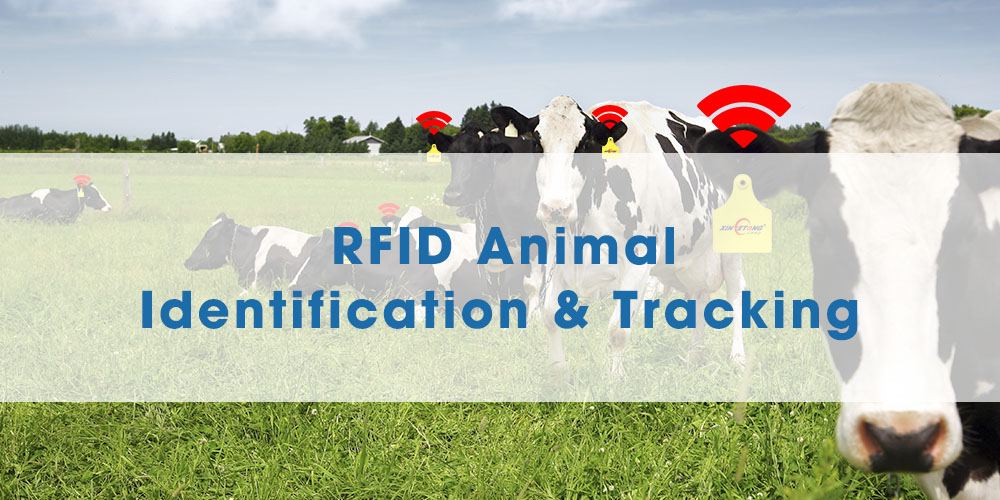
Benefits of RFID for Animal Tracking & Identification
RFID animal identification and tracking system can identify and track all kinds of animals to strengthen the control and supervision of exotic animal diseases, protect the safety of native species, ensure the safety of international trade in animal products, improve the ability to diagnose and report animal diseases, as well as an emergency response to animal epidemics at home and abroad.
RFID animal ear labels and RFID animal ear readers have used in breeding places. In modern livestock farms, RFID ear tags are worn from birth. RFID technology has become one of the important management means of farms, gradually extend to the weighing table, milking table, access control, automatic feeding stations, as well as animal tracking management, bringing a new experience to livestock farms.
Applications of RFID Animal Identification and Tracking
The application of RFID technology in animal management originated from the identification of racehorses when the RFID tags encapsulated in small glass bottles were placed under the skin of racehorses to confirm their identity. RFID animal identification provides a set of feasible methods for the modern management of pastures. The RFID system can accurately and comprehensively record the feeding, growth, and disease prevention of animals. Moreover, it can also accurately identify the meat quality and other information, to achieve the traceable management of animals and animal products from feeding to the final sale. Besides, it is also a perfect solution for pet management.
Animal Husbandry Management
The identification between the RFID tag and the reader can be completed without physical contact, and it has good anti-interference performance and long service life, so it is very suitable for use in harsh environmental conditions such as animal husbandry and the transportation of agricultural and sideline products.
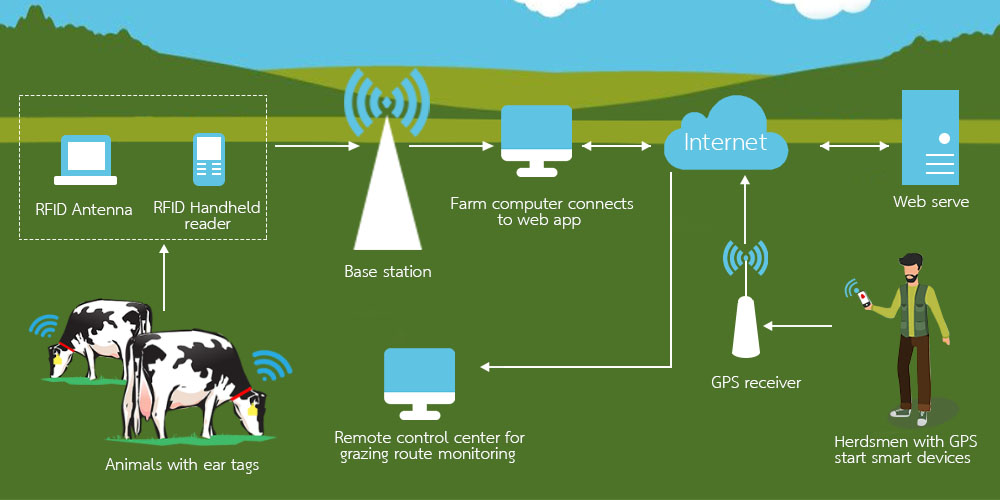
RFID technology is most widely used in animal husbandry in the field of automatic identification such as animal husbandry data collection and material tracking. It can realize a series of safety management problems from production to final consumption in the process of animal husbandry management, such as information input, information transmission, logistics tracking, information query, etc.
Production Link
The first step in applying RFID technology to livestock production and breeding is to install RFID tags on animals as a permanent digital file and unique identification attribute of each livestock. The RFID tag is to input the basic information about livestock into the chip, such as the owner’s name, characteristics, immunity, type of vaccine, manufacturer, production batch number, vaccination method, vaccination dose, immune quantity, etc. The animal owner only needs a handheld data collector to obtain livestock-related information.
Distribution Link
RFID technology can be applied to the whole process of animal husbandry food production to establish a traceability system of food supply chain from farm to table. In the process of slaughtering livestock and poultry, the health of dairy cows is verified by RFID technology, the back-end management system of the slaughterhouse is integrated, and the relevant information is incorporated into the meat supervision platform.
Besides, the RFID animal tracking system can monitor the entire transportation process, locate and monitor the transport status of products in real-time, and provide information on activities such as disinfection, inspection and quarantine, and transportation to determine whether animals meet the requirements of the factory.
Consumption Link
In the consumption of animal husbandry products, RFID technology can improve the efficiency of logistics. By reading the RFID tags equipped with the products, consumers can also learn about the origin of the product, manufacturer information, ex-factory date, shelf life, and whether it has the safety certification of the relevant departments and other information. Based on ensuring food safety and consumers’ interests, it also plays a role in supervision and encouragement to animal husbandry producers and processors.
Pet Management
At present, many countries and regions have implemented RFID electronic logo management for pets such as the United States, Canada, Australia, China, etc. This kind of radio frequency identification technology (RFID) can accurately and effectively help us to track and grasp the situation of pets in time.
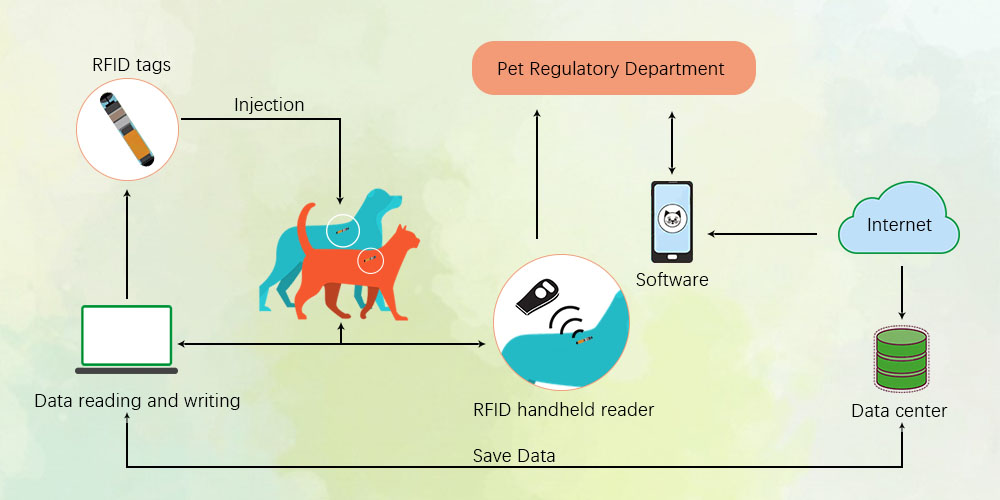
Pet Identification
Each pet implanted with a chip has a globally unique identification number (UID), which will be used as the pet’s electronic ID card for the rest of the pet’s life because the chip has a life span of more than 20 years. Also, the pet chip can write basic information about pets, including pet name, type, gender, date of birth, physiological characteristics and owner’s name, address, contact information, and so on.
Pet regulators or pet hospitals can get pet information easily and quickly by scanning the RFID animal tag. RFID animal identification system can also query the pet’s UID number, and you can get more and more detailed information about the pet from the pet database through the Internet.
Quarantine Information Inquiry
Like the basic information of pets, the type and time of pets receiving vaccines will also be stored in pet chips and databases. Through permission settings, only pet supervision departments and epidemic prevention departments can query the history of pets receiving vaccines through handheld readers or management software. Besides, pet supervision departments can use the system to handle pet transfer (transfer of ownership) for the general public and add new pet information and annual inspection records.
Pet Tracking and Query
When the staff of the stray pet shelter sees the stray dog, as long as it has the RFID pet chip, it can quickly get the information of the pet owner, and then inform the owner to claim it or return it to the owner’s home. People who have lost their pets can log on to the RFID system for Internet query and management of the B/S (Brower/Server) mode, publish the lost pet information, and use the network to find their lost pets more quickly.
Information Sharing
Due to the openness of the user data area of the pet chip, the open information of the pet can be read and extracted as long as it has a reading device that conforms to the pet chip protocol. In this way, pet supervision departments, epidemic prevention departments, pet hospitals, pet shops, and pet owners can easily share pet information, which brings great convenience for pet management, vaccination, feeding, and so on. The pet chip accepts repeated read-write, overwrite, delete, and other operations, so that when the pet owner is transferred, the new owner information can be quickly and safely changed into the pet chip.
Common RFID Animal Tags
RFID animal electronic tags can store all kinds of animal information and have a 64-bit (8-byte) identification code strictly following the ISO, which is unique in the world. In animal management, RFID tags are usually designed and packaged into different types of animal objects for tracking and recognition. Animal RFID tags are roughly divided into neck collar type, ear tag, injection type, and pill type electronic tags, and so on.
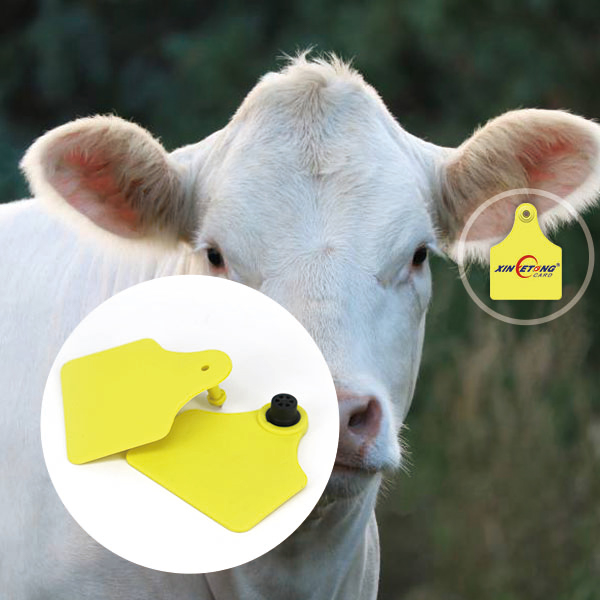
RFID animal ear tag is worn on the animal ear, and its performance is much better than that of the barcode ear tag. It meets the international standard of ISO11784/5 FDX-B and stores much more data than the barcode. It is durable and can withstand a harsh environment with oil pollution and rainwater, very suitable for the management of animal raising and butchering.
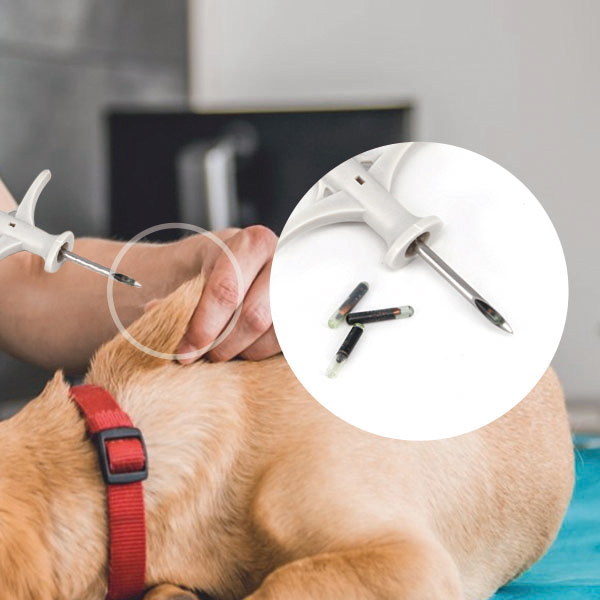
Injection Electronic Tags are popular in recent years, and its principle is to use syringes to place electronic tags under the skin of animals, thus establishing a fixed connection between the animal’s body and the electronic tags. The injection tags can be as small as a grain of rice, suitable for many animals like cats, dogs, horses, pig, cow, sheep, rabbit, donkey, donkey, fox, etc.
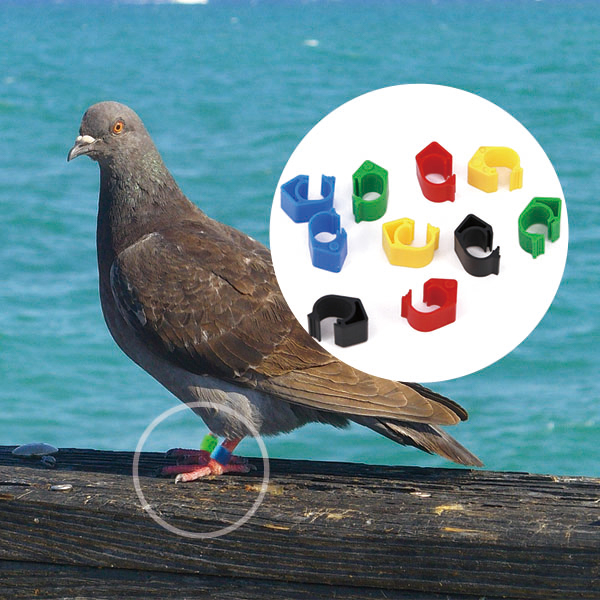
RFID pigeon tag, otherwise known as RFID bird ring, is designed to track poultry or birds such as chickens, ducks, geese, and pigeons. This tag is usually attached to leg bands and does not fall off easily to better track poultry or birds. The RFID pigeon foot ring often uses 125 kHz or 13.56MHz RFID chip, and there are many colors and sizes that you can choose according to the target animals.
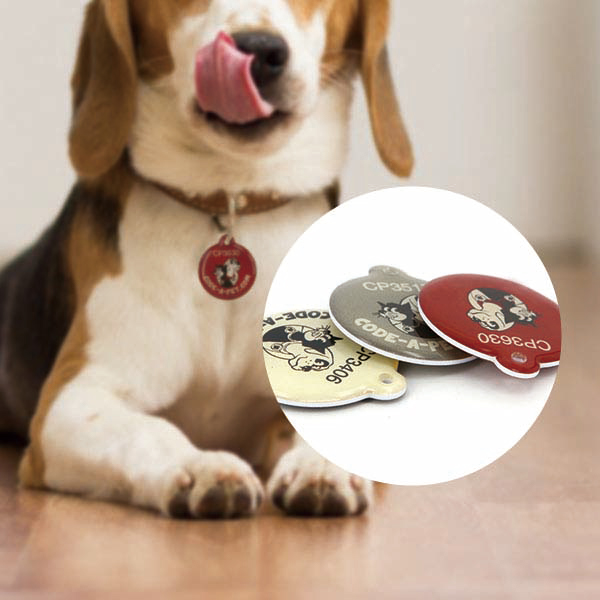
RFID epoxy tag for animals, generally working on 125 kHz, is often used in pet identification and tracking. It is made of environmentally friendly epoxy material, round and smooth, and harmless to pets, small and delicate, and easy to use. Epoxy tags come in a variety of colors, styles, chips, and you can even customize your pet picture on it, making it personalized.
Besides, collar electronic tags and pill tags are also often used for animal tracking and management. The collar electronic tag can be easily transferred from one animal to another, very suitable for automatic feed rationing in the stable and measuring milk production.
Pill electronic tag encapsulates the RFID chip in an acid-resistant cylindrical container. The container is then placed through the animal’s esophagus into the ruminant’s forestomach juice. The most important feature of this approach is simplicity and reliability. And the electronic tag can be placed in the animal without harming the animal.
Conclusion
In animal husbandry management, it is an ideal solution that combined with RFID technology, with RFID tag as the carrier and current computer network technology as the means. It can realize the integrated monitoring of livestock from birth, slaughter, and consumption by identification coding, logo wearing, identity identification, information input and transmission, data analysis and query, to achieve intelligence of animal husbandry and improve the level of animal husbandry management. Therefore, the application of RFID technology in animal husbandry management has a great prospect.
Relevant articles
- Why are more libraries using RFID technology?
- RFID for Access Control Management You Would Like to Know
- The Ultimate Guide to Know RFID Asset Management
- RFID for Laundry: How it works? What the benefits?
- Deeply Dug: RFID for Tracking
- 9 Common Applications RFID in Hospitals
- How does RFID revolutionize manufacturing?
- How RFID Technology Changes the Garment Industry?
- The Most Complete Guide To Custom Smart Cards


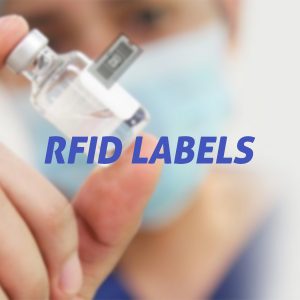


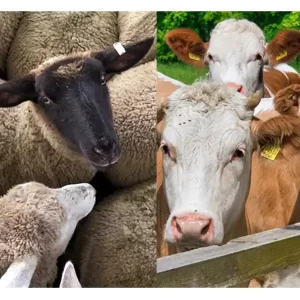

yes i like it and want to have testing order a set of it how much?